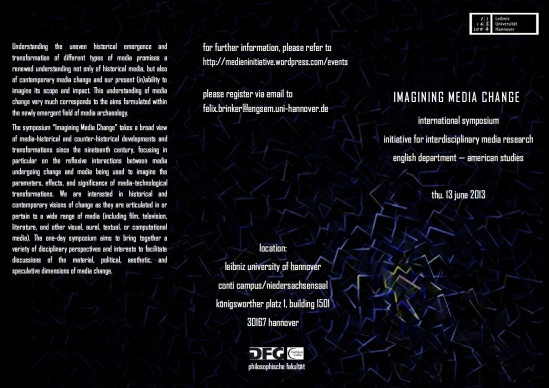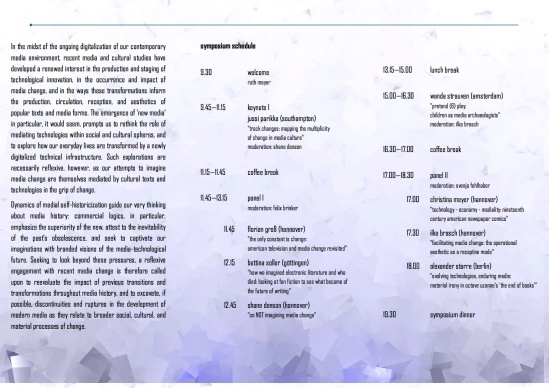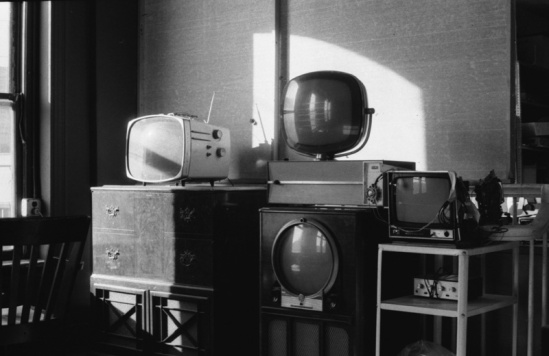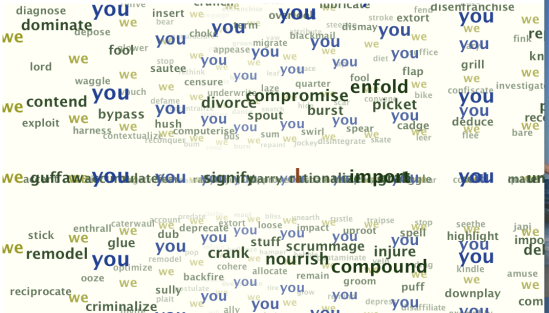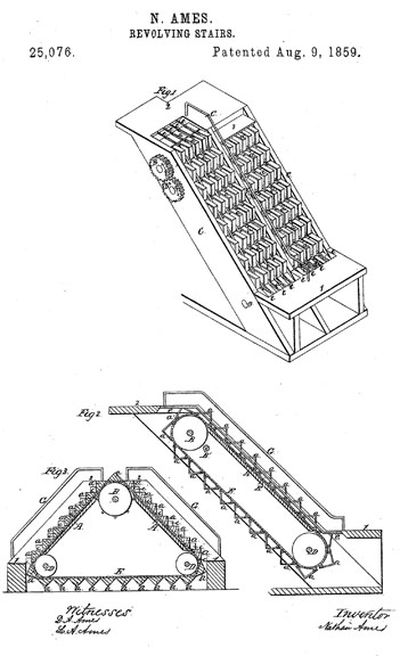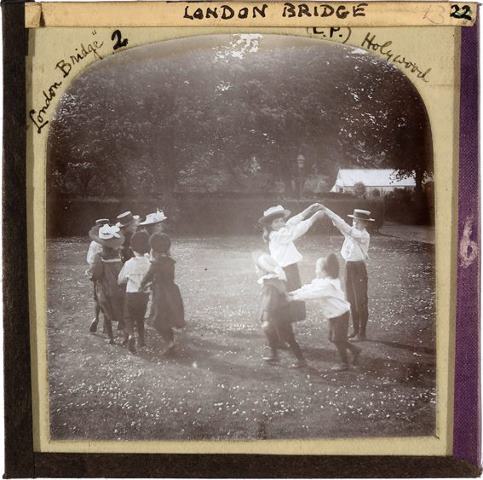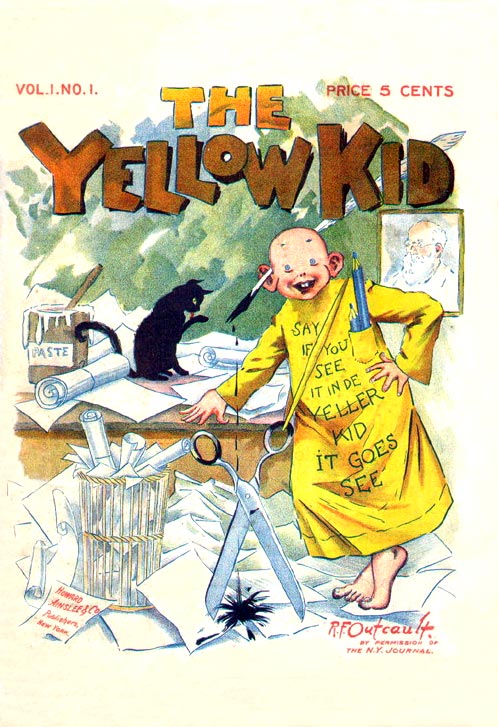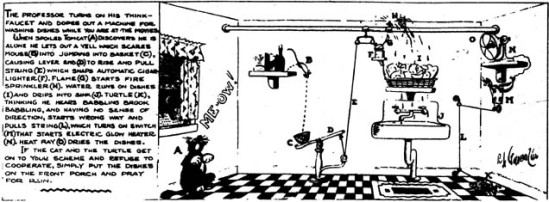After successfully celebrating the “conceptual centerpiece” of this term’s media initiative activities — our symposium on “Imagining Media Change” — we are going to wrap up this semester’s film series with a screening of Martin Scorsese’s Hugo (2011), curated by Ilka Brasch.
On the one hand, Hugo is a celebration not only of George Méliès (the French filmmaker who is considered to be one of cinema’s founding fathers and a pivotal creator of early trick film), but a collage of 19th and early 20th century media-technological history, featuring everything from trains and automata to late 19th century trick film and 1920s comedy. On the other hand, however, Hugo is also a celebration of the possibilities enabled by the digital age’s return to 3D. As Therese Grisham has pointed out, Hugo draws on “cultural stereotypes of the past” while simultaneously underlining “our definite entry into the episteme of the post-cinematic”.
Besides offering a form of bricolage or pastiche, Hugo can be read in terms of media archaeology, as both a revisiting and appropriation of visual culture’s history. The film assembles 19th and early 20th century anecdotes in order to provide a new 21stcentury or even post-cinematic anecdote.
As always, the screening — on Wednesday, June 19, 2013 (at 6:00 pm in room 615, Conti-Hochhaus) is free and open to all.
Also, if you haven’t already done so, you might want to consider watching Méliès’ Le Voyage Dans La Lune, one of the turn of the century trick films to which much in Hugo relates back. Here’s an excerpt:
